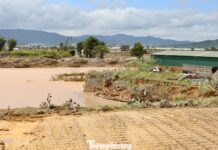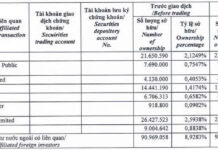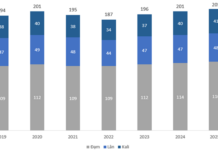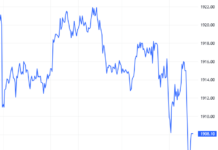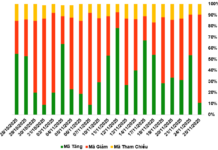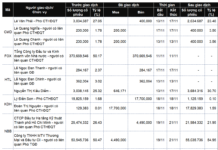According to voter feedback, following the merger of administrative units, several regulations related to land rights and benefits for citizens will be affected, including land allocation limits, land subdivision conditions, compensation levels, support during land reclamation, compensation rates, housing policies for ethnic minorities, and financial obligations related to land.
Voters have urged the city to promptly review and unify land regulations post-merger, while also addressing issues concerning land plots smaller than 50m² that were formed historically.
Regarding land allocation limits and subdivision conditions, the Hanoi People’s Committee stated that the Department of Natural Resources and Environment (formerly) has drafted legal documents within its jurisdiction to implement the 2024 Land Law.
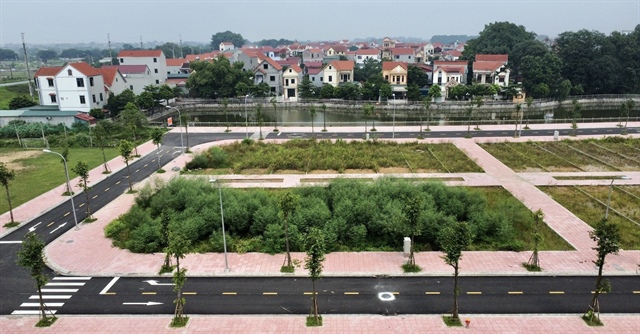
Effective October 7, 2024, Hanoi mandates that in urban wards and towns, land plots must have a minimum width and length of 4 meters and an area of at least 50m² for subdivision, an increase of 20m² from previous regulations. Photo: Hồng Khanh |
These regulations stipulate that residential land subdivision must adhere to the principles and conditions outlined in Article 220 of the Land Law. Post-subdivision, plots must be at least 50m², with a frontage of 4 meters or more. If an alley is created, the cross-sectional width must be at least 3.5 meters in urban wards and towns.
This proposal builds upon Decision No. 20/2017 of the Hanoi People’s Committee, with adjustments to plot dimensions and minimum subdivision area requirements.
The 50m² minimum requirement is justified by the National Housing Development Strategy for 2021-2030, which aims for average housing areas of 27m² per person by 2025 and 30m² per person by 2030.
For households of two or more, this regulation balances Hanoi’s realities with national housing development goals.
Hanoi also referenced regulations from other cities: Da Nang requires a minimum of 50m², while Ho Chi Minh City mandates 36m² in core districts and 50m² elsewhere.
By 2023, population density data in Hanoi’s districts showed that individuals in Dong Da, Hai Ba Trung, and Thanh Xuan districts occupied approximately 30m² of land each. In Ba Dinh, Cau Giay, and Hoan Kiem districts, this figure was around 40m², while other districts exceeded 50m².
The 50m² minimum also ensures basic living conditions, reduces fire risks from unauthorized extensions, curbs inner-city population growth, and alleviates pressure on technical and social infrastructure.
Additionally, the National Technical Regulation QCVN 06:2022/BXD by the Ministry of Construction requires fire access roads to be at least 3.5 meters wide. The proposed regulations align with this standard and the city’s fire safety needs.
Beyond infrastructure, subdivision limits impact compensation during land reclamation. The city believes increasing resettlement plot sizes to 50m² will benefit residents.
Regarding land-related financial obligations, the People’s Committee confirmed no changes post-merger.
Under Decision 40/2025, land pricing (per Decision 71/2024) remains based on pre-merger administrative boundaries, ensuring residents face no additional land use fees or financial obligations due to boundary adjustments.
For ethnic minority housing policies, Hanoi is drafting regulations suited to its two-tier local government model. The Department of Agriculture and Rural Development will lead research and propose policies for the People’s Council to enact.
Hồng Khanh
– 06:00 25/11/2025
Implementing New Land Price List Effective January 1, 2026: Preventing Adverse Effects
The newly released land price list, effective from January 1, 2026, is expected to closely reflect market values. However, it has raised concerns among experts, who fear it may significantly increase investment costs, drive up selling prices, and potentially limit access to housing for the general public.

